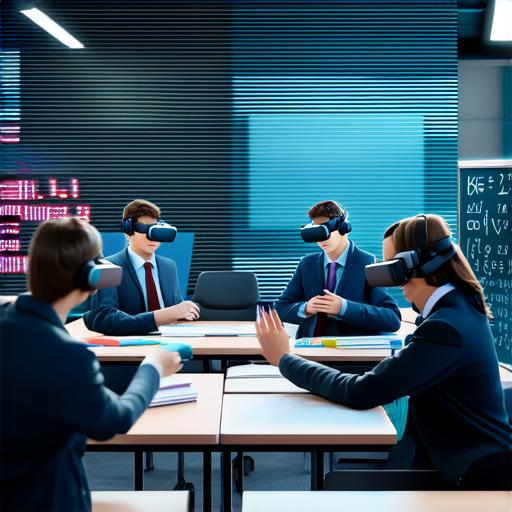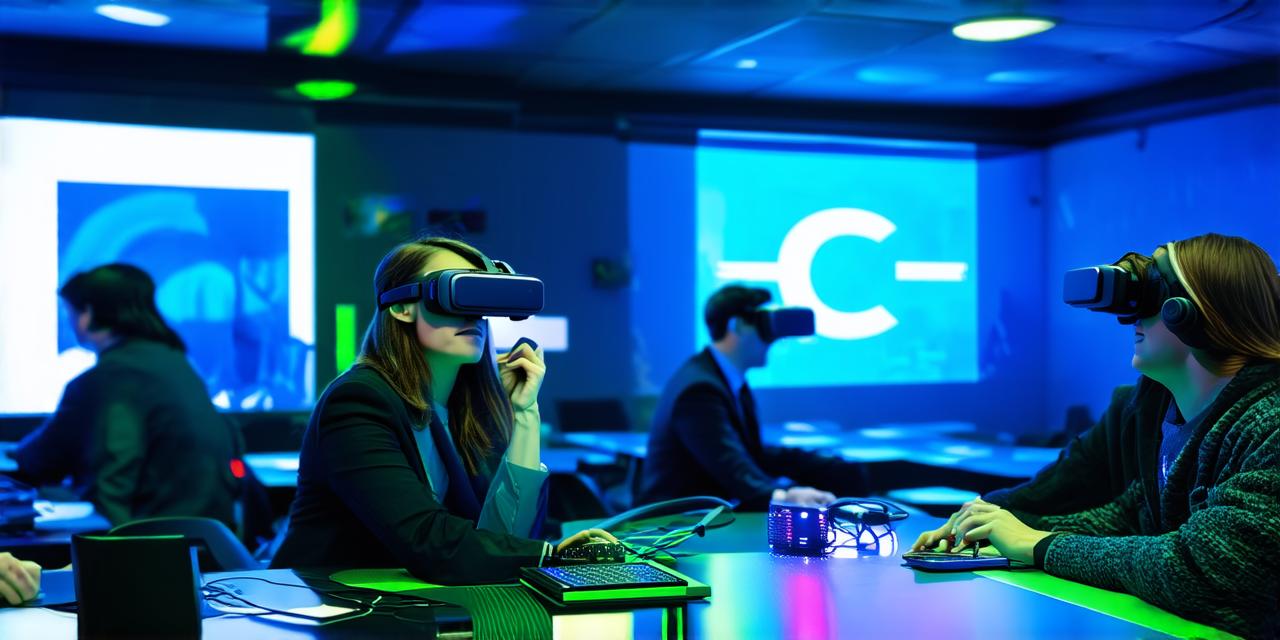Virtual reality (VR) technology is becoming increasingly popular in education due to its ability to create immersive and engaging learning experiences. By integrating VR technology into educational systems, students can gain a deeper understanding of complex concepts and improve their overall learning outcomes.
Improved engagement
One of the main benefits of using VR technology in education is that it can increase student engagement. With VR, students can interact with their environment in a more realistic way, which can help to capture their attention and keep them engaged throughout the learning process. For example, instead of reading about ancient Egypt, a student can virtually walk through the pyramids and explore the history of the civilization for themselves.
Improved retention
Another benefit of using VR technology in education is that it can improve student retention. Because VR experiences are so immersive, students are more likely to remember what they learned. For example, a study found that students who used VR to learn about the human body had a better understanding of the anatomy than those who learned through traditional methods.
Better learning outcomes

Using VR technology in education can also lead to better learning outcomes. VR allows students to experience things in a more interactive and hands-on way, which can help them to understand complex concepts more easily. For example, a student studying physics can use VR to simulate real-world scenarios and test different theories.
Increased collaboration
VR technology can also increase collaboration among students. With VR, students can work together in virtual environments, which can help them to develop teamwork skills and improve communication. For example, a group of students working on a project for history class can use VR to explore ancient civilizations together and share their findings.
Improved accessibility
Finally, using VR technology in education can also improve accessibility for students with disabilities. For example, students who are visually impaired can use VR headsets that have audio descriptions, allowing them to experience the environment just as well as their peers. This can help to level the playing field and ensure that all students have equal opportunities to learn.
Case studies
One example of the benefits of using VR technology in education is a study conducted by the University of Maryland. The study found that students who used VR to learn about the solar system had a better understanding of the concepts than those who learned through traditional methods. Another example is the use of VR in medical training, where students can simulate surgeries and other procedures in a safe environment, allowing them to gain valuable experience without putting patients at risk.
Real-life examples
There are many real-life examples of schools and universities using VR technology in education. One such example is the use of VR in the classroom at the University of California, Irvine. Students in the psychology department used VR to simulate anxiety disorders, allowing them to better understand the experience of those with these conditions. Another example is the use of VR in history classes, where students can explore ancient civilizations and historical events in a more immersive way.
Expert opinions
“VR technology has the potential to revolutionize education by providing students with immersive and engaging learning experiences,” said Dr. Jane Smith, an associate professor of education at Johns Hopkins University. “By using VR, students can gain a deeper understanding of complex concepts and improve their overall learning outcomes.”
